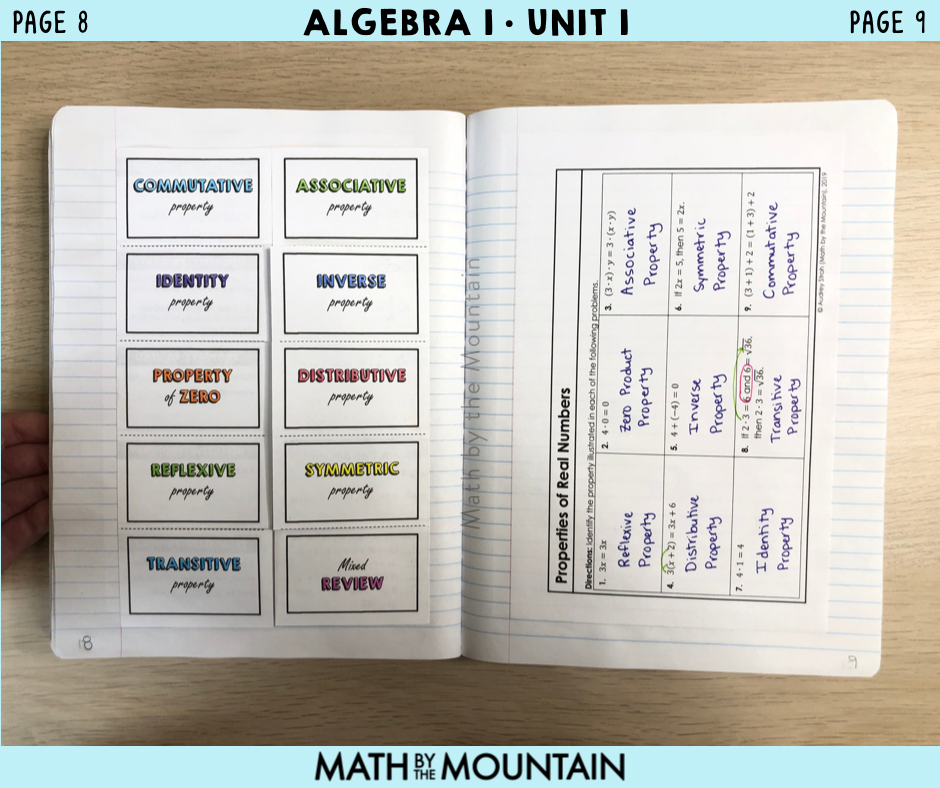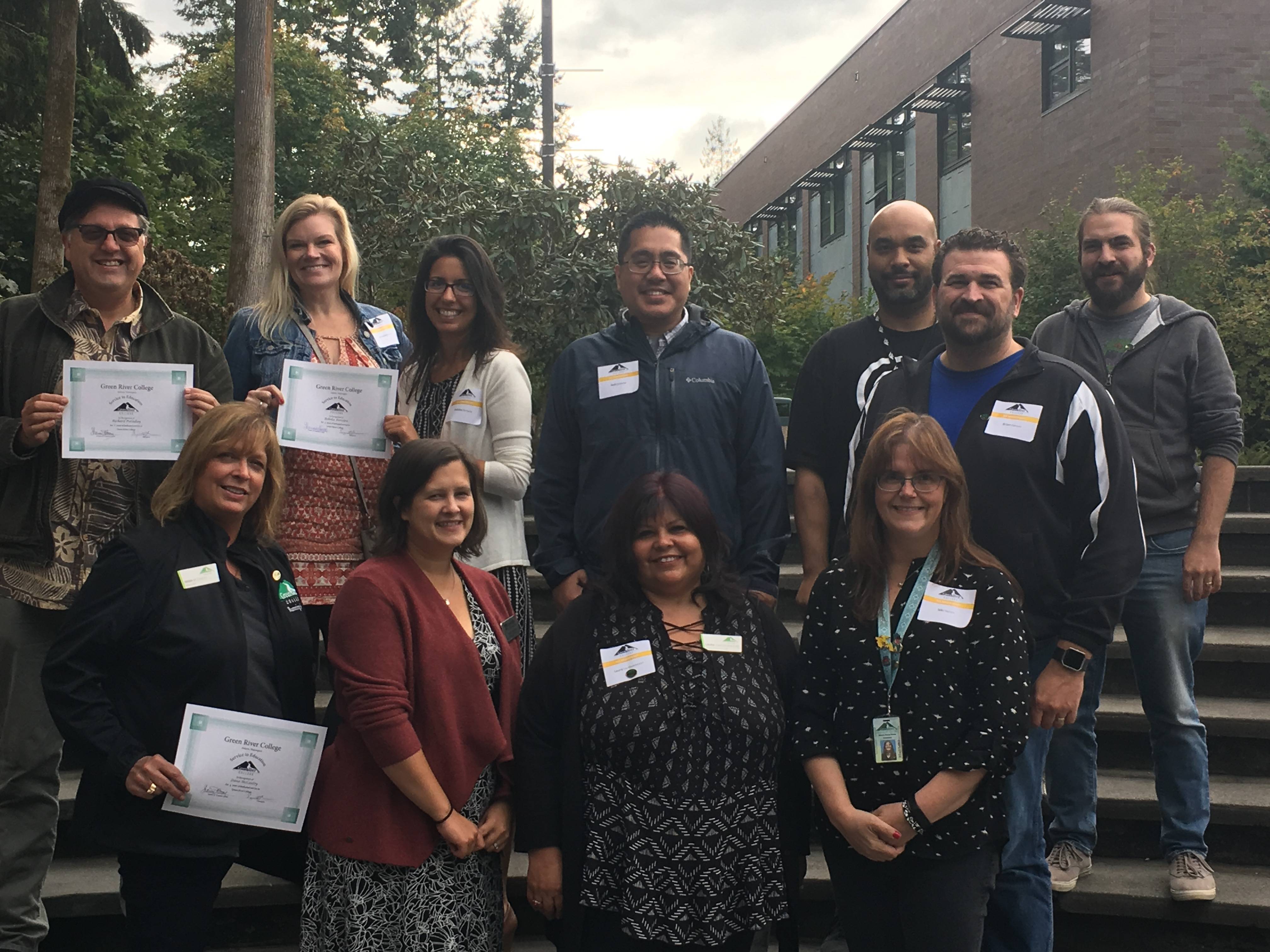
Kahoot can be used to help educators create short quizzes and tests. It is great for gamification and social learning. It's especially useful in short sessions, as it allows participants compete against each other for knowledge. It is not recommended when conducting complex assessments or standardizing testing.
Make quizzes and polls, surveys, puzzles and slides
Kahoot software allows you to create surveys, quizzes or puzzles. You can either use the questions it has already created or make your own. This site has a huge library of images, videos, and other resources that you can use to create your quizzes. Videos can be incorporated into presentations to create a personalized experience.
You can create surveys and quizzes for students at any grade level with the quiz creator. You can ask multiple questions and collect feedback through polls. Additionally, you can upload images and videos in order to motivate students. You can also download the analytics and reports in a spreadsheet format to keep track of students' progress. In addition, you can share the analytics reports with the school administration or other teachers.

Include students in the assessment process
Kahoot's ability to include large numbers of students in the assessment process has attracted much attention. By making feedback sessions more interactive, collaborative, and interactive, the tool facilitates student involvement. Many researchers believe that student participation is crucial to meaningful learning. The use of Kahoot in teaching and learning environments can help educators improve student performance.
The study found that students engaged in Kahoot formative assessments felt that they had retained more knowledge. However, students felt that the test helped them learn more. Kahoot was also a fun learning tool that students found engaging and enjoyable.
Encourage student participation
Kahoot can be used to increase student participation in lectures. You can use it to facilitate peer discussion and reflections, as well as a variety of assessments and activities. It allows you to evaluate student engagement and measure learning. The tool is particularly useful for students enrolled in hybrid or online classes.
Kahoot can be used as a review tool in social science classes. Future studies should focus on the impact of the game upon different learning styles and personality types. This could help to determine if gamification can improve student performance.

Improve learning performance
Using Kahoot as a classroom tool can improve student learning performance on several levels. This tool encourages active involvement, which is an integral part of classroom learning. The tool is suitable for use in core education, special education, and extracurricular activities. It can also aid in improving students' social skills.
It allows students to create and share content through social media. Students can participate in discussions based only on correct and wrong answers. Teachers can make the quiz challenging but fun by using gamification principles. In addition, the tool includes a scoreboard, which displays the student's score, and a points system to encourage participation.
FAQ
What are the main types of early education?
There are many different ways to describe early childhood education. Some of the most popular ones are:
-
Preschool - Children ages 2 to 5
-
PreKindergarten – Children aged 4-6
-
Head Start/Hestart - Children aged 0-3
-
Day Care/Daycares - Children from 0-5 Years
-
Child Care Centres - Children from 0-18 Years
-
Family Childcare - Children between 0 and 12 Years Old
-
Home Schooling - Children ages KG to 16
Who can homeschool?
Anyone can homeschool. There are no specific qualifications required.
High school graduates are qualified to teach their children. Many parents choose to teach their children as they go to college.
Parents can learn to teach children from parents with less formal education.
After satisfying certain requirements, parents can become certified teachers. These requirements are different for each state.
Some states require homeschooled student to take a test in order to graduate. Others do not.
Parents who want to homeschool their children must register them with the local school district.
This involves filling out paperwork that is then submitted to the school board.
After registering, parents may enroll their children into public or private schools.
A few states allow parents who are not registered with the government to homeschool their children.
If you are a resident of one of these countries, you will have to ensure your children adhere to the state's compulsory attendance requirements.
What are the requirements for my chosen field of work?
To become a lawyer you will need good writing skills. You must communicate well with patients if you wish to become a nurse. To become an accountant, you will need strong math skills. These are just a few of the many examples. Think about all the activities that you enjoy. What type of job would allow you to do these things again? You will need to know how to design machines and structures if you want to become an engineer. Understanding basic math will be essential if you want to be successful. Business success requires a solid understanding of statistics and numbers. To be a successful teacher, you will need excellent communication skills. You will need to be able teach and assist others.
Do I want to specialize in one area or should I branch out?
Many students choose to specialize in one subject (e.g., English, History, Math) instead of branching into multiple subjects. It is not always necessary to become a specialist. If you're interested in becoming an internist or a surgeon, you have the option to choose either surgery or internal medicine. You could also choose to specialize in family practice, pediatrics, gerontology or neurology. If you are considering a career in the business world, you might focus on marketing, sales, finance, operations research, marketing management, and human resources. The choice is yours.
What is early childhood education?
Early Childhood Education refers to a field dedicated to helping children become happy, healthy adults. It includes everything from teaching them how to read to prepare them for kindergarten.
Early childhood education is designed to help children grow and learn by providing them with appropriate experiences.
Early childhood educators are frequently called upon by parents to assess the developmental needs and abilities of any child they encounter. This helps to decide whether a particular program is best for each child.
Parents can interact with teachers and professionals who have had experience working with young kids through early childhood programs.
The role of parents is equally important in the early childhood education. They need to be able to provide guidance and support for their children, and they must also know how to care for them properly.
Parents can also take part in activities that teach skills to their children for the rest of their lives.
While preschool education is sometimes called early child education, the term is also used interchangeably to describe daycare centers. Prekindergarten education starts around three years ago, and early childhood education is similar.
Statistics
- Globally, in 2008, around 89% of children aged six to twelve were enrolled in primary education, and this proportion was rising. (en.wikipedia.org)
- They are more likely to graduate high school (25%) and finish college (116%). (habitatbroward.org)
- Think of the rhetorical power of nineteenth-century abolitionist Harriet Beecher Stowe, Martin Luther King, Jr., or Occupy Wall Street activists with their rallying cry of “we are the 99 percent.” (bostonreview.net)
- “Children of homeowners are 116% more likely to graduate from college than children of renters of the same age, race, and income. (habitatbroward.org)
- These institutions can vary according to different contexts.[83] (en.wikipedia.org)
External Links
How To
what is vocational education?
Vocational Education is an educational system that prepares students for employment after high school or college by providing them training in specific skills needed for a particular job (such as welding). It includes training on the job in apprenticeship programs. Vocational Education is different than general education. It focuses on specific careers and not learning broad knowledge for the future. Vocational education does not prepare students for university, but it helps them find work after graduation.
Vocational education could be offered at all levels, including primary schools, secondary school, colleges and universities, technical schools, trade schools as well community colleges, junior college, and four-year schools. You can also find specialized schools such a culinary arts school, nursing school, law school, medical schools or dental schools. These schools offer both practical and academic training.
A number of countries have made significant investments in vocational education over recent decades; for example, Australia, Denmark, Finland, Germany, Ireland, Japan, Luxembourg, New Zealand, Norway, Poland, Sweden, Switzerland, the United Kingdom, and the United States. However, the effectiveness of vocational education remains controversial. Some critics claim it is not effective in improving students' employability. Others argue that it helps them prepare for life after school.
According to the U.S. Bureau of Labor Statistics (47% of American adults are currently holding a postsecondary certificate/degree related to their current job), this figure is higher among those with more education. This figure is higher among those with more education: 71% of workers aged 25-29 with a bachelor's degree or higher are currently employed in fields requiring postsecondary credentials.
In 2012, the BLS reported that nearly half of the nation's adult population had at least some form of postsecondary credential. About one-third of Americans held a two-year associate degree, while about 10 percent held a four-year bachelor's degree. One fifth of Americans have a master's, or doctorate.
The median annual wage for individuals with a bachelor's in 2013 was $50,000. This was compared to $23,800 when they had no degree. For those with advanced degrees, the median wage was $81,300.
The median wage for people who did not finish high school was only $15,000. The median annual income for those with less than a high-school diploma was $13,000